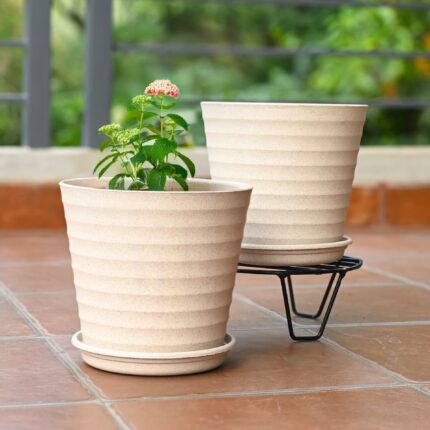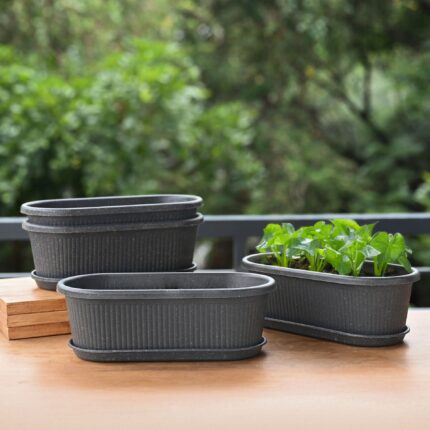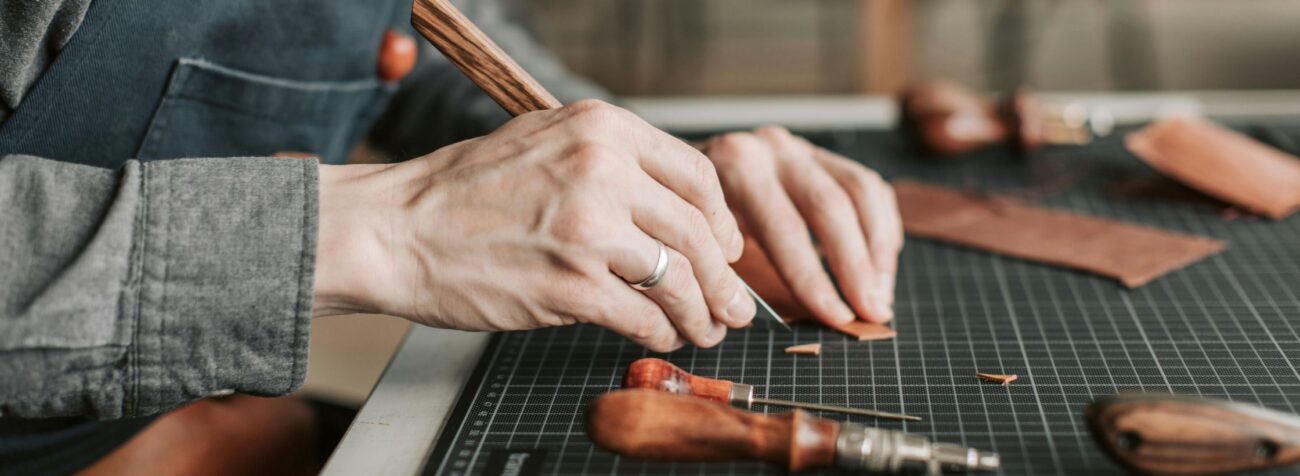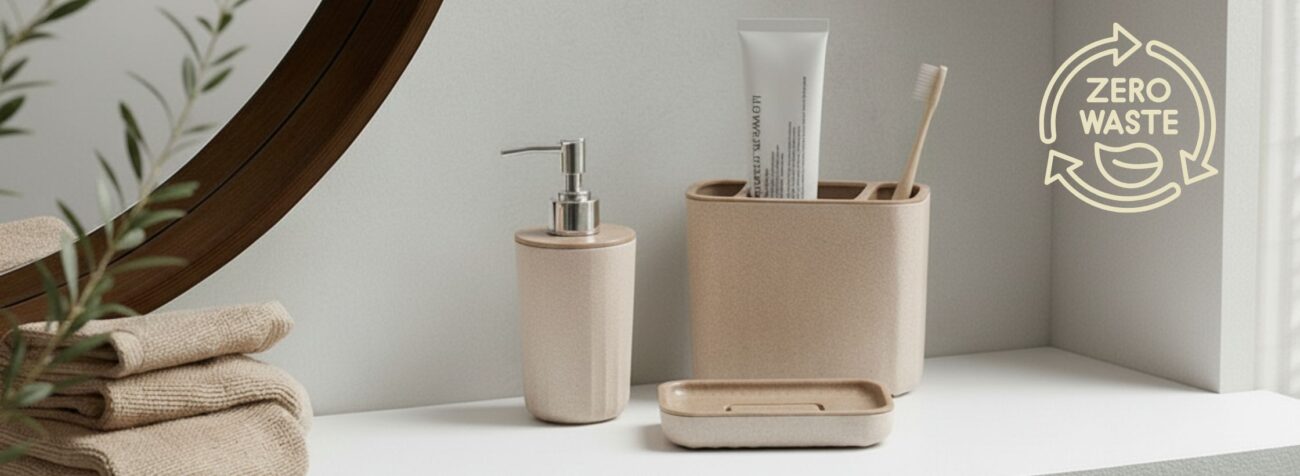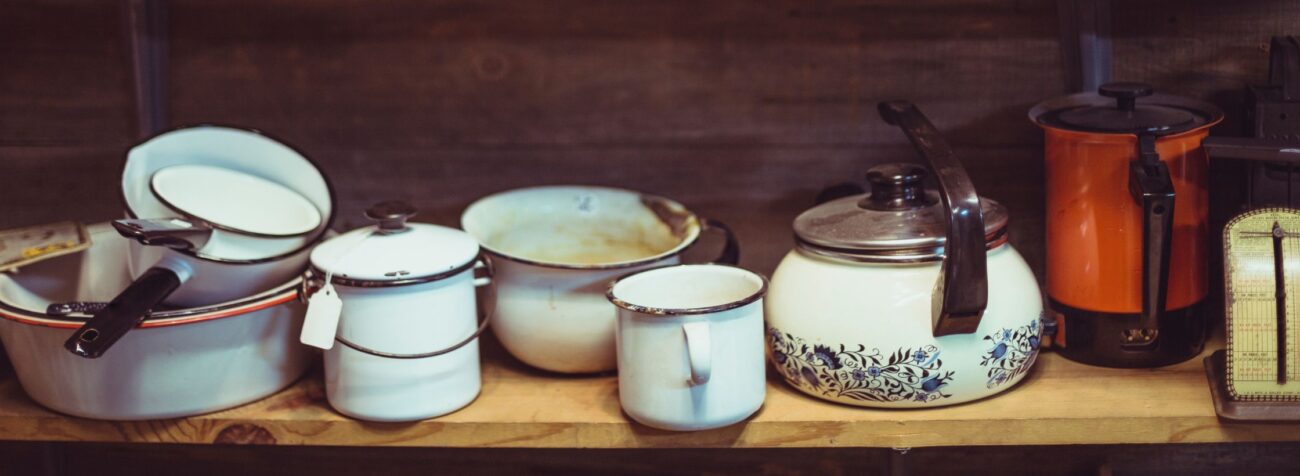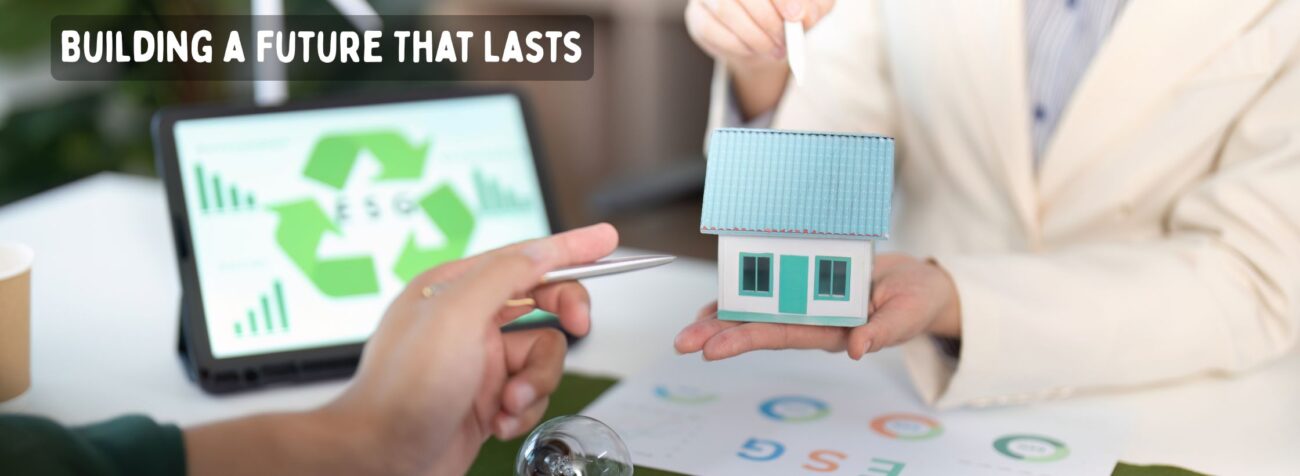Why Your House Plants Deserve Better Than Basic Pots for Great Indoors
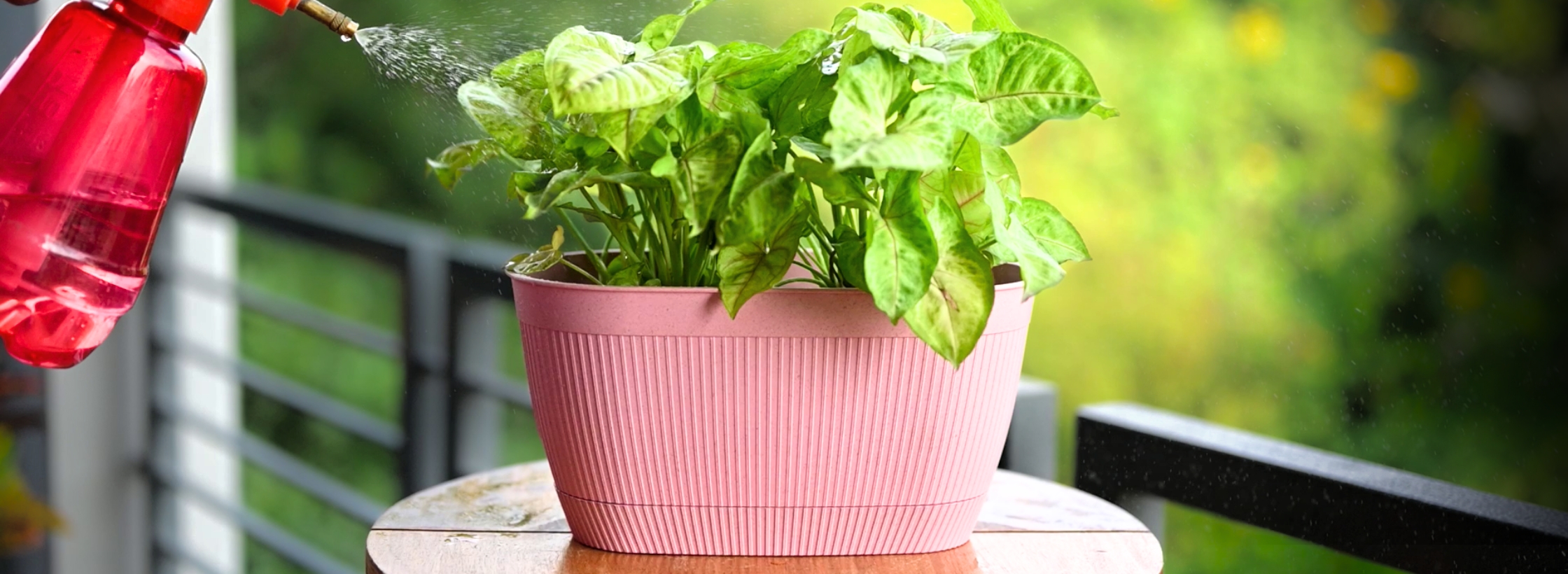
The Great Indoors: Why Your House Plants Deserve Better Than Basic Pots
House plants are more than just a passing trend—they’ve become an integral part of our living spaces, bringing a touch of nature indoors. They purify the air, brighten up rooms, and even improve our mental well-being. But here’s something many plant lovers overlook: the pot your plant lives in is just as important as the plant itself. While it’s easy to keep your new leafy friend in the basic plastic pot it came in, your houseplants deserve better. And with so many stylish and sustainable options available today, there’s no reason not to upgrade. One of the best choices you can make for both your plants and the environment is opting for biocomposite planters. These pots, made from repurposed materials like bamboo fibers, rice husk, coffee husk, and wood waste combined with recycled plastics, offer a sustainable alternative to traditional plastic pots. But don’t worry—we’re not here to push you into buying something you don’t need. Let’s explore why upgrading your pots matters and how biocomposites subtly stand out as a great choice for your house plants.
Why Your House plants Deserve More Than Basic Pots
We’ve all done it—bought a new plant and left it in the same plastic pot it came in. It’s convenient, sure, but these basic pots aren’t designed for long-term growth. Here’s why your houseplants deserve an upgrade:
Healthy roots are the foundation of a thriving plant. Basic plastic pots often lack proper drainage, which can lead to waterlogged soil and root rot—a common cause of plant death. A good pot should have drainage holes to allow excess water to escape, preventing root damage and ensuring that your plants stay healthy.
Plants need air—not just around their leaves but also around their roots. Basic plastic pots don’t allow for adequate airflow, which can suffocate roots and stunt growth. Materials like terracotta or ceramic are porous and allow air to flow through the pot, promoting healthier root systems. Biocomposite planters also offer this benefit while being more sustainable than traditional materials.
Let’s be honest—those cheap plastic pots aren’t doing much for your home décor. While they might be functional, they don’t add any style to your living space. Upgrading to a more attractive flower pot for home can instantly elevate any room, making your plants not just a part of your décor but a focal point.
The Case for Biocomposites: Sustainability Meets Style
When it comes to choosing a flower pot for your houseplants, material matters more than you might think. Different materials offer different benefits depending on your plant’s needs and your home environment.
- Sustainability
Biocomposite planters are made from repurposed agricultural waste like bamboo fibers or rice husk combined with recycled plastics. This eco-friendly option helps reduce waste while giving new life to materials that would otherwise be discarded or burned. By choosing biocomposites over traditional plastic or ceramic pots, you’re making a conscious decision to support sustainability without sacrificing style or function.
Biocomposite planters are incredibly durable—strong enough to withstand everyday use without cracking or breaking like ceramic pots might. They’re also lightweight compared to terracotta or ceramic options, making them easy to move around as needed.
- Moisture Retention
One of the key benefits of biocomposites is their ability to retain moisture without becoming waterlogged. Materials like bamboo fiber help regulate moisture levels in the soil, ensuring that your plants get the hydration they need without risking overwatering.
Comparing Pot Materials: What’s Right for Your Plant?
Now that we’ve touched on why biocomposites are a great option, let’s compare them with other popular materials so you can make an informed choice for your houseplants.
- Terracotta Pots
Terracotta is a classic choice for houseplants—and for good reason! These earthy clay pots are porous, allowing air and moisture to move freely through the soil. This helps prevent overwatering by letting excess moisture evaporate naturally. However, terracotta dries out faster than other materials, so it’s best suited for plants that prefer drier conditions like succulents or cacti.
- Pros: Great airflow; natural look; affordable.
- Cons: Can dry out quickly; heavy; prone to cracking in cold temperatures.
- Ceramic Pots
Ceramic pots are another popular option because they come in a variety of colors and designs, making them perfect for adding personality to your space. They’re usually glazed on the outside but remain porous on the inside, which allows for some airflow while retaining moisture better than terracotta.
- Pros: Aesthetic appeal; retains moisture; available in various styles.
- Cons: Heavier than plastic; can be expensive; prone to cracking if not handled carefully.
- Biocomposites
Biocomposite planters offer a balance between sustainability and functionality. They’re lightweight yet durable and provide good moisture retention while allowing some airflow around the roots—making them an excellent choice for most houseplants.
- Pros: Sustainable; lightweight; durable.
- Cons: Limited design options compared to ceramic or terracotta (but growing!).
Choosing the Right Size Pot
Once you’ve decided on the material, it’s important to choose the right size pot for each plant:
- For small house plants like succulents or herbs, opt for smaller pots (4–6 inches in diameter).
- For medium-sized plants like ferns or pothos vines, choose medium-sized pots (6–10 inches).
- For larger plants like fiddle leaf figs or monstera deliciosa, go big! Look for pots that are at least 12 inches in diameter or larger.
As your plants grow, they may need to be repotted into larger containers every year or two to accommodate their expanding root systems.
Drainage Is Key
No matter what material or size you choose for your flower pot at home—drainage holes are non-negotiable! Proper drainage prevents water from pooling at the bottom of the pot and causing root rot over time. If you fall in love with a decorative pot that doesn’t have drainage holes (it happens!), consider using it as a cachepot—a decorative outer layer that hides an inner pot with proper drainage holes.
Design Tips: How To Style Your House plants
Choosing the right flower pot is only half the battle—how you style them in your home can make all the difference in creating a cohesive look:
- Grouping Plants Together
One of the easiest ways to make an impact with house plants is by grouping them together in clusters. Use different sizes and shapes of pots but stick with a consistent color palette or material (like biocomposites) for a cohesive look.
- Mixing Heights
Create visual interest by mixing heights—place taller plants on stands or shelves while keeping smaller ones closer to eye level on tables or windowsills.
- Using Hanging Planters
If you’re short on floor space but still want greenery in every room, consider using hanging planters! These work especially well in kitchens or bathrooms where counter space may be limited but natural light is abundant.
Give Your House plants What They Deserve
Your house plants do more than just sit there looking pretty—they purify your air, brighten up dull corners of your home, and bring joy into everyday life! So why not give them something better than those basic plastic pots? By choosing high-quality flower pots made from sustainable materials like biocomposites—and ensuring they have proper drainage—you’ll be setting up both yourself and your plants for success! Not only will these thoughtful choices promote healthier growth—but they’ll also enhance your home’s aesthetic appeal! So next time you bring home another leafy friend from nursery—remember this: they deserve better than basic!
Visit eha’s range of eco friendly planter to choose from products made with biocomposite materials using crop-waste such as rice husk, bamboo fibers and coffee husk.
If you are looking at developing new range of earth friendly planters speak to experts at Mynusco.








